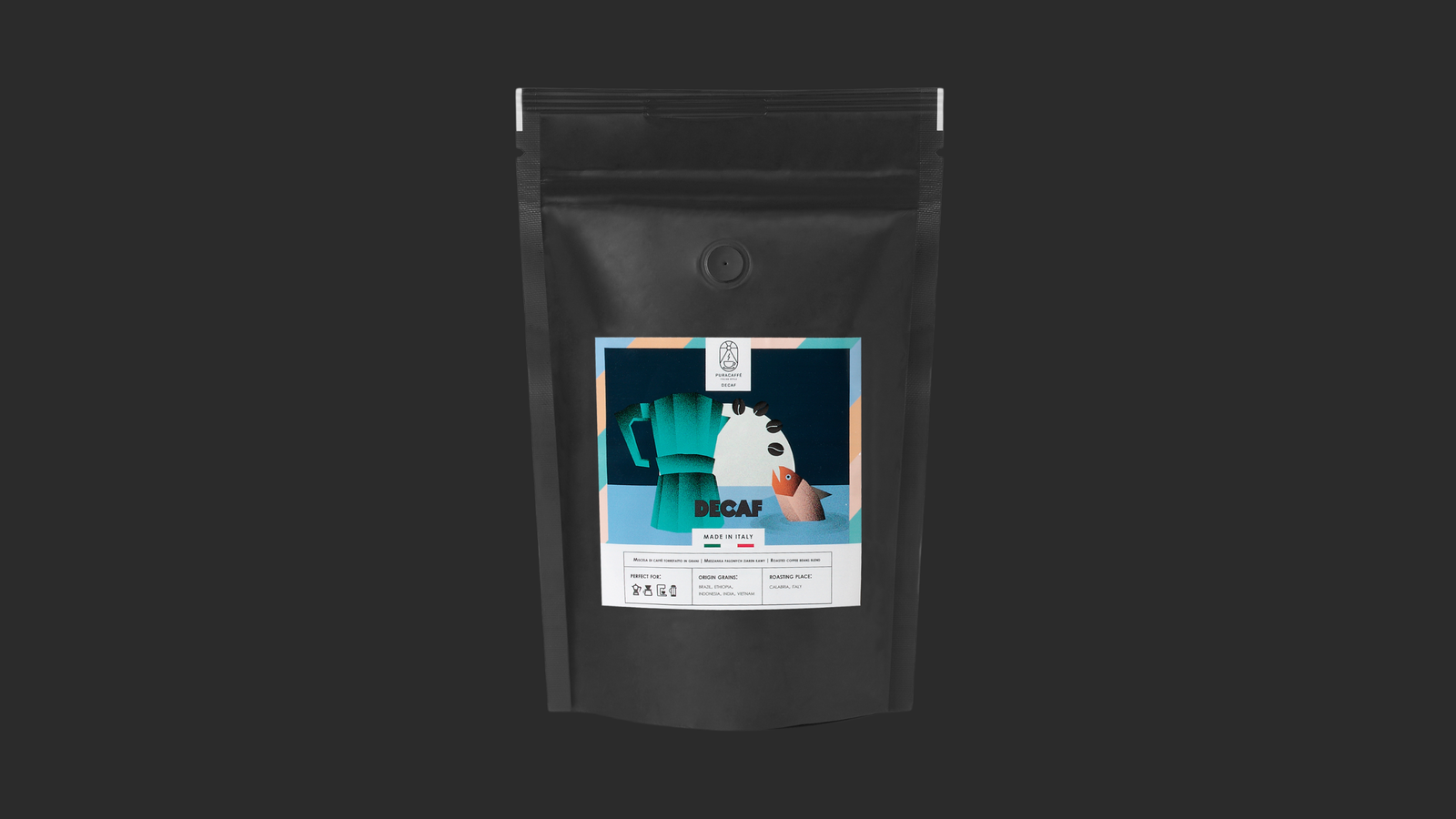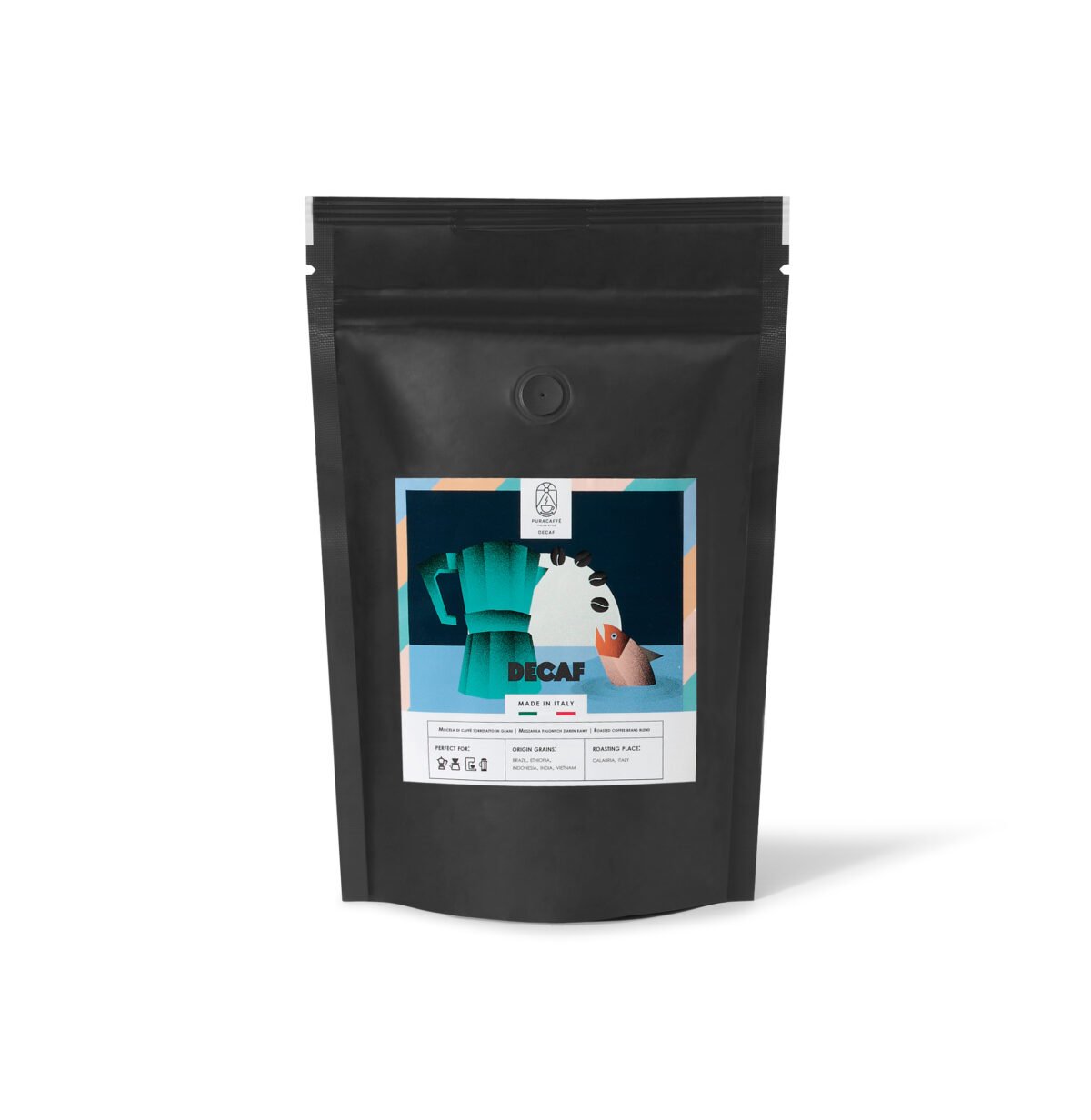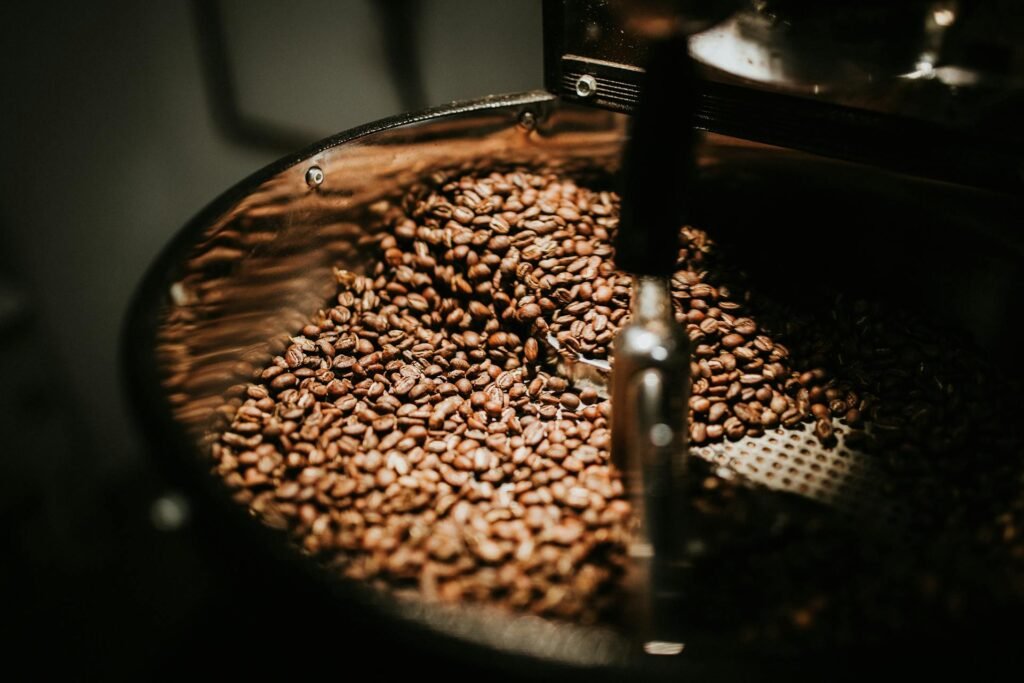Have you ever wondered how it is that decaffeinated coffee tastes almost the same as regular coffee, despite the lack of caffeine? The decaffeination process is a true art that allows you to enjoy the rich flavor of coffee without the stimulating effect.
Solvent secrets
One of the most popular decaffeination methods is the solvent method, which uses various chemicals to remove caffeine from coffee beans. This process can take place in two ways: direct and indirect.
In the direct method, the coffee beans are first treated with steam, which opens their pores. The grains are then washed with a solvent such as methylene chloride or ethyl acetate. Methylene chloride selectively binds to caffeine molecules and is then removed by re-evaporation of the beans. Ethyl acetate, often derived from natural sources such as fruits, works in a similar way, but is considered more “natural.”
The indirect method also uses solvents, but in a slightly different way. The grains are first soaked in hot water to extract the caffeine. The water is then separated from the beans and mixed with solvent, which removes the caffeine. The caffeinated water is later reintroduced into the beans to restore their natural flavor compounds.
PuraCaffé Decaf 250g
PuraCaffé Decaf oferuje pełny smak tradycyjnej kawy bez kofeiny. To doskonały wybór dla tych, którzy wolą unikać kofeiny, ale nadal chcą cieszyć się pyszną filiżanką kawy. Ta bezkofeinowa mieszanka zachowuje wszystkie bogate smaki i aromaty tradycyjnej kawy, z nutami karmelu i czekolady, bez zawartości kofeiny.
80 in stock
Water – a natural decaffeinator
If you are looking for a chemical-free decaffeination method, Swiss Water’s process is the ideal solution. The process uses water and osmosis to remove caffeine. The coffee beans are soaked in hot water to release the caffeine and flavor compounds. The caffeinated water is then passed through activated carbon filters, which trap caffeine particles but allow flavor molecules to flow through. This flavor-rich water is then returned to the beans, ensuring that the coffee retains its unique aroma.
Carbon dioxide in action
An innovative and environmentally friendly method of decaffeination is the carbon dioxide (CO2) process. The green coffee beans are first soaked in water and then placed in a steel extractor. Liquid CO2 is injected into the extractor under high pressure to selectively extract the caffeine. The caffeinated CO2 is then transferred to another container, where the pressure is released and the CO2 returns to gas form, leaving the caffeine behind. The process is considered natural and environmentally friendly.
Coffee oil – a secret weapon
The last method worth mentioning is the triglyceride process. The coffee beans are soaked in hot water and coffee oils, extracted from spent grounds. The mixture is then heated to extract the caffeine into the oils. The grains are later separated from the oils and dried, and the oils themselves can be reused. This process uses natural coffee oils as a medium for caffeine extraction, which adds to its unique character.
Chemicals under the magnifying glass
Each of these methods has its own unique advantages and disadvantages, and the chemicals used play a key role in the decaffeination process. Methylene chloride is effective in removing caffeine, but can be controversial due to its industrial use. Ethyl acetate is more acceptable because it is often extracted from fruit. Carbon dioxide is natural and non-toxic, making it an environmentally friendly choice. The Swiss Water process uses only water, making it ideal for those who prefer decaffeinated coffee without chemicals.
Coffee decaffeination is a complex and precise process that removes caffeine while preserving the rich flavor of the coffee bean. Each method has its own unique characteristics, and choosing the right one depends on consumer preferences. At PuraCaffé, we strive to provide the highest quality decaffeinated coffee that will meet the expectations of even the most demanding gourmets. Now that you know the ins and outs of decaffeination, you can enjoy your favorite coffee without worrying about caffeine. Enjoy!



